You know of the twelve apostles from the Bible — but what happened to them after the tumultuous events of that first Easter?
At first glance, the apostles led incredibly privileged lives. They got to witness God himself resurrect from the dead, and were personally entrusted with carrying his message to the world after his ascension into heaven.
But, as is often the case, the reality was far from the ideal. For in fulfilling their mission, as tradition holds, 11 of the 12 met horrendously brutal ends, executed for proclaiming Christ’s message.
Today, we look at what happened to each apostle: how they were put to death, and how their martyrdom planted the seeds of the early Christian movement — a movement that, 2025 years later, proves their deaths were not in vain…
Reminder, you can support us and get our members-only content every weekend: in-depth articles, podcasts and great book breakdowns.
This Saturday, we look at how Christianity went from being the religion of the outcasts to the official faith of the Roman Empire — it all starts with one fateful battle...
Join as a member to read it, get access to our full archive, and support our mission 👇
A Painful Fate
Judas Iscariot
Judas, the apostle who betrayed Jesus, never lived to see the resurrection. After turning on Christ for thirty pieces of silver, he was overcome with guilt. He tried to return the money to the chief priests, but they refused to accept it.
Wrecked with despair, Judas threw the silver into the temple and then went outside the walls of Jerusalem to hang himself. Shortly after Jesus’ ascension, the apostle Matthias was chosen to replace him.
James the Greater
James, the brother of John, was one of Jesus’ closest disciples. He stayed in Jerusalem after the resurrection, preaching to his fellow Jews. Infuriated by James’ success, Herod Agrippa (the King of Judea) ordered his execution in 44 AD.
Beheaded in public, James was the first of the apostles to be martyred. While his death was intended to halt the spread of Christianity, it instead served as a catalyst for its rapid growth.
Peter
Peter spent years traveling through Judea, Antioch, and Asia Minor before finally arriving in the heart of Rome. There he became the leader of the Christian community — a fact which, following the brutal persecution of Christians in the wake of the great fire of 64 AD, made him a primary target.
Arrested and sentenced to crucifixion, Peter insisted he was unworthy to die in the same manner as Christ. The Romans obliged, and crucified him upside down. He died just outside the Vatican Hill, and his remains later became the spot where St. Peter’s Basilica was built — a fact which gives a literal meaning to Christ’s promise “you are Peter (the rock), and on this rock I will build my church.”
Andrew
Peter’s brother Andrew didn’t follow him west to Rome but instead traveled north, spreading Christianity through the Balkans and Greece. In the city of Patras, Roman officials condemned him for converting too many people — including Maximilla, the wife of a Roman proconsul.
He was sentenced to death by crucifixion, but like his brother, he requested a different fate. Instead of a traditional cross, he was tied to an X-shaped cross, which prolonged his agony. He preached from the cross for two days before finally succumbing to exhaustion.
Philip
Philip carried the Gospel east across Asia Minor before settling in Hierapolis, a city located in modern-day Turkey. Hierapolis was known for its strong pagan traditions, in particular its worship of the Phrygian deities and the god Apollo.
One tradition holds that Philip’s execution was brought about after he destroyed a large idol of a serpent. He was condemned to the cross — but would be hung upside down. Even in his last moments, Philip continued to preach to those gathered, refusing to renounce his faith. Some accounts say that his final words moved many to convert to Christianity — including some of his executioners.
Bartholomew
Bartholomew’s mission took him far beyond the Roman world, to Armenia and possibly even India. Most notably, however, he succeeded in converting the king of Armenia to Christianity.
This angered the king’s brother, who captured Bartholomew and sentenced him to one of the most excruciating deaths imaginable — being flayed alive. He continued to speak of Christ during his painful execution, proclaiming the faith up until the bitter end.
Matthew
Matthew, the former tax collector turned Gospel writer, took his mission south to Ethiopia and Persia. His teachings there gained a strong following, but they also made him a target.
According to tradition, he was confronted by local pagans and ordered to renounce Christ — when he refused, he was run through with a sword. Yet though he perished, he still lives on through the words he recorded in his Gospel, which over 2 billion people still read today.
Thomas
Thomas, often remembered for his initial doubts about the resurrection, traveled farther than any other apostle — eventually reaching India. There, he established Christian communities that still endure to this day.
But his growing influence alarmed local Hindu priests, who viewed him as a threat to their power. Since he didn’t stop preaching, they attacked him and drove a spear through his body. The hill he died on is called Parangimalai — in English “St. Thomas Mount” — and is still a major pilgrimage spot for Indian Christians.
James the Minor
James, the son of Alphaeus, remained in Jerusalem, where he became a key leader of the early Christian Church. Respected by even some of the Jewish authorities, he was known for his deep piety and strict adherence to faith.
But when opposition to Christianity intensified, he was ordered to deny Jesus before a crowd at the Temple. Instead, he proclaimed Christ as the Messiah. Enraged, his enemies threw him from the Temple’s pinnacle. Amazingly, he survived the fall — but was then stoned and beaten to death by an angry mob.
Judas Thaddeus
Judas Thaddeus, typically called Jude to distinguish him from Judas Iscariot, took the Gospel east with Simon the Zealot. They arrived as far as Persia, where their message found some success — but it also provoked fierce resistance from local religious leaders.
Jude was captured and bludgeoned to death with clubs. The church and monastery built over the site of his tomb — Iran’s Monastery of Saint Thaddeus — is thought to be one of the oldest churches in the world.
Simon the Zealot
Simon was a political revolutionary before he was a disciple of Christ, and though his message changed, his zeal never waned. He carried Christianity to the edges of the known world, preaching in Persia alongside Jude.
The radical Gospel he preached eventually led to his execution. He was seized by authorities and sentenced to arguably the most horrific death of the apostles — being sawn in half. His gruesome martyrdom was meant as a warning to others, but instead it became yet another testament to the faith that no amount of violence could silence.
Matthias
Chosen to replace Judas Iscariot, Matthias carried out his ministry in Judea and possibly beyond. He spread the Gospel in regions such as Cappadocia and the lands around the Caspian Sea, including a region called “Aethiopia”. While many confuse this with the modern country in Africa, it is actually a region in present-day Georgia.
Accounts of Matthias’ death vary — one tradition states he was stoned by Jewish authorities in Jerusalem and then beheaded, while another holds that he was crucified in Colchis, a region along the Black Sea. Either way, one thing is certain — he was killed for sharing the message of Christ.
John
John was the only apostle to escape martyrdom, though he still suffered exile and persecution for his faith. According to the early Christian writers Irenaeus, Eusebius, and Tertullian, John was arrested and banished to the island of Patmos during the reign of Roman Emperor Domitian — there he received the visions recorded in the Book of Revelation.
After Domitian’s death, John was released and returned to Ephesus, where he continued to teach and guide the early Church. As the last surviving apostle, he was a living link to the earliest days of Christianity, preserving the teachings of Jesus until the dawn of the second century…
From Death to Life
There’s a common saying in Christianity that “the blood of the martyrs is the seed of the Church.” And indeed, the violent deaths of the apostles all served a purpose.
If the apostles — the men who learned from Jesus and were present at his crucifixion — didn’t believe in the reality of his resurrection, it is unlikely they would have ever died for their beliefs. In other words, if they simply made up the idea that Jesus rose from the dead, why would they then all suffer for what they knew to be a lie?
In the most extreme case, perhaps one or two of the apostles would have died such a death just to preserve their “honor” or their ego. But when you consider that 11 of the 12 all suffered horrendously brutal ends, it seems increasingly likely that they genuinely believed in the truth of what they proclaimed.
This reality wasn’t lost on the earliest converts, many of whom would go on to die similar deaths for their beliefs in the first three centuries of the Church. And still to this day, many Christian converts look to the martyrdom of the apostles as evidence of Christ’s resurrection — a fact which proves that nearly 2,000 years later, the apostle’s deaths still serve as a living testimony of the Christian faith.




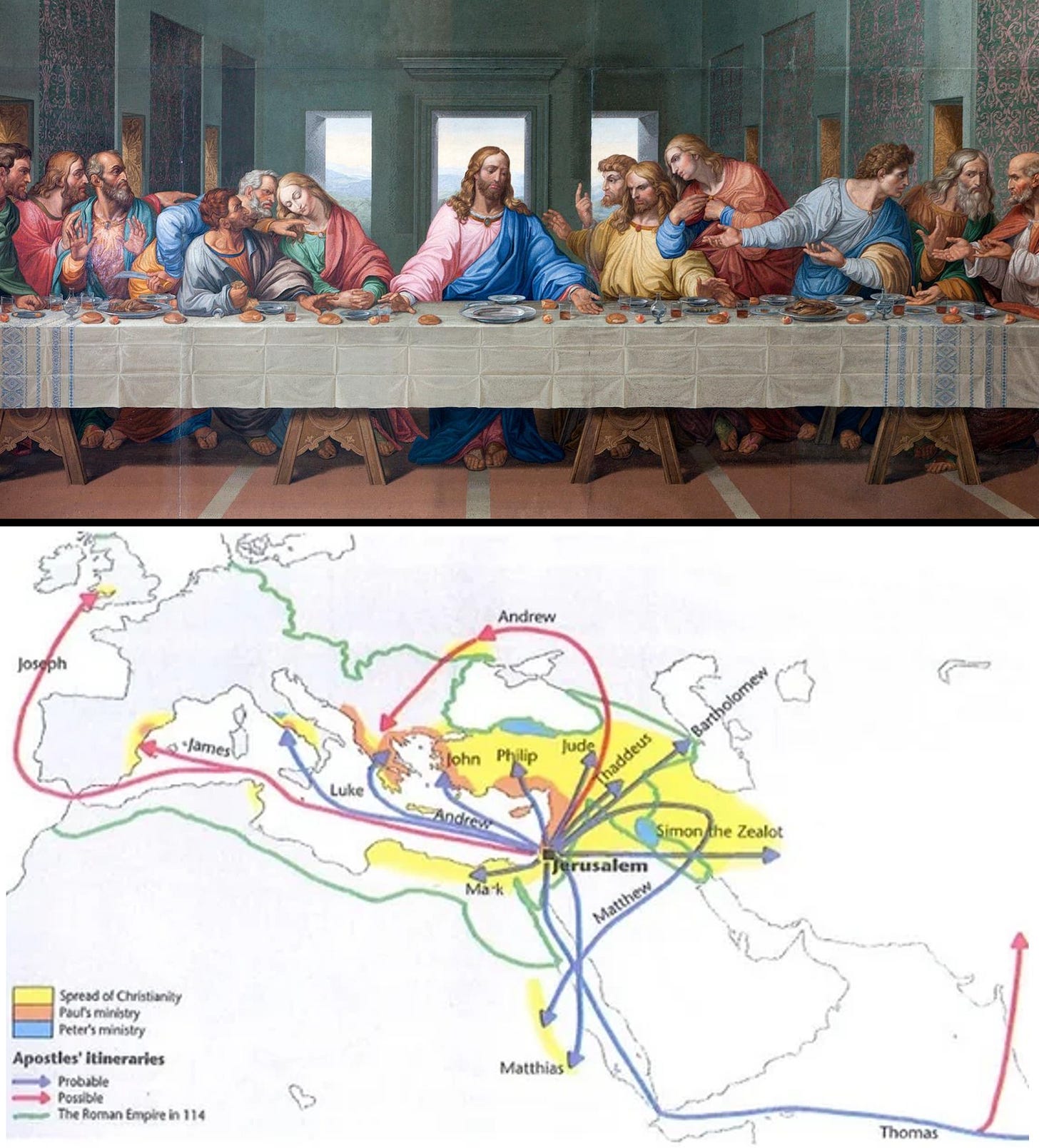
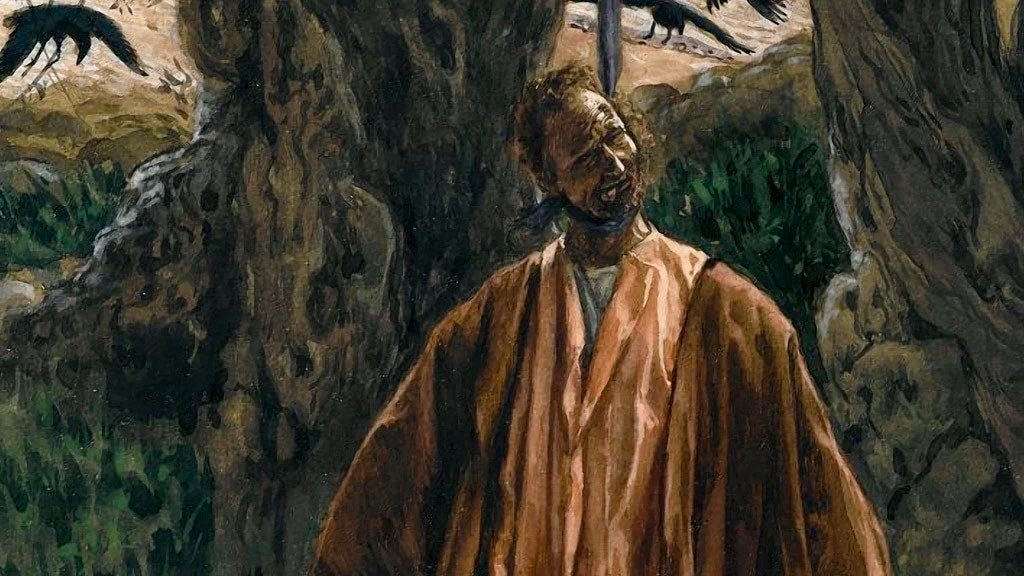
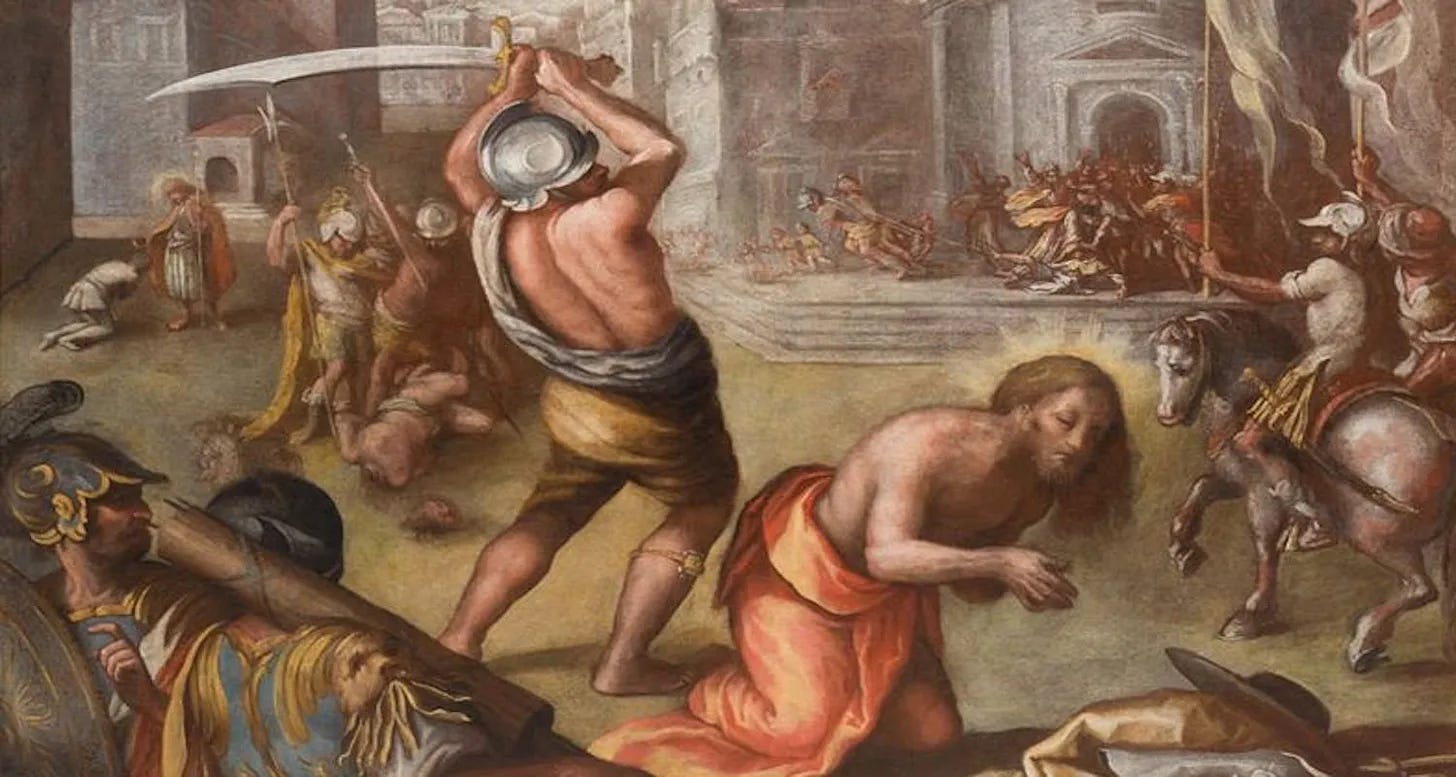
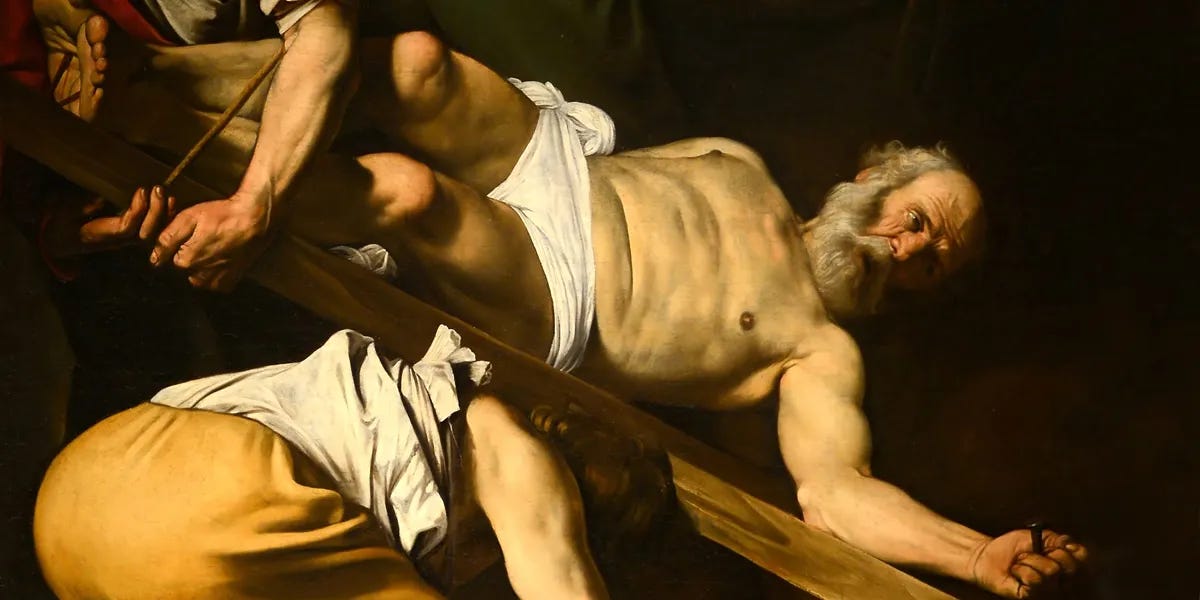
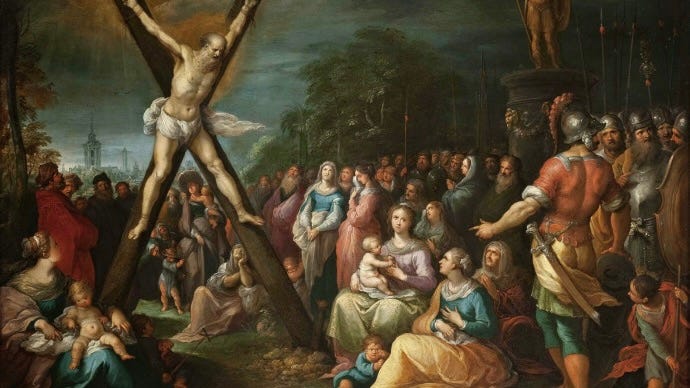
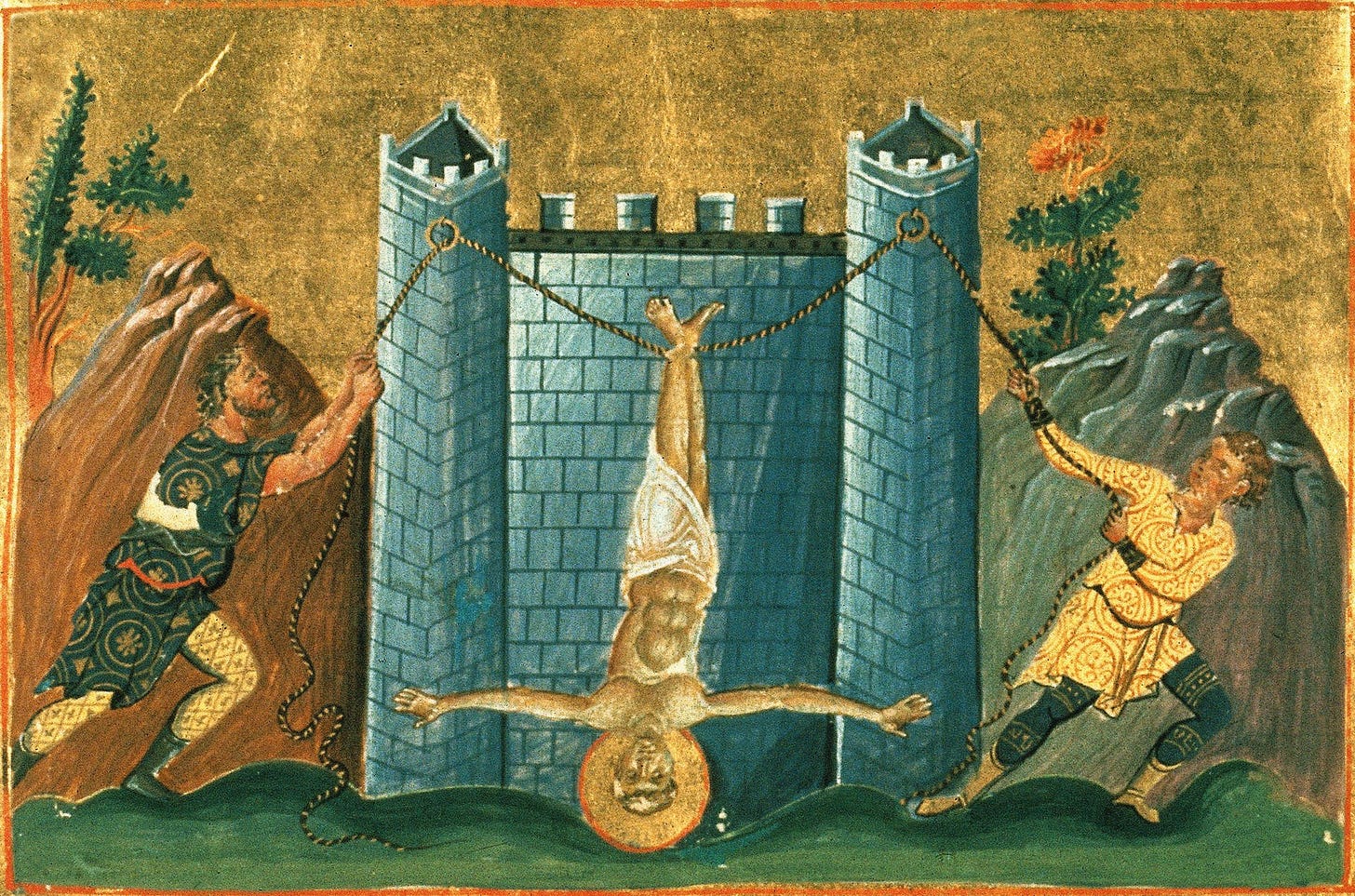
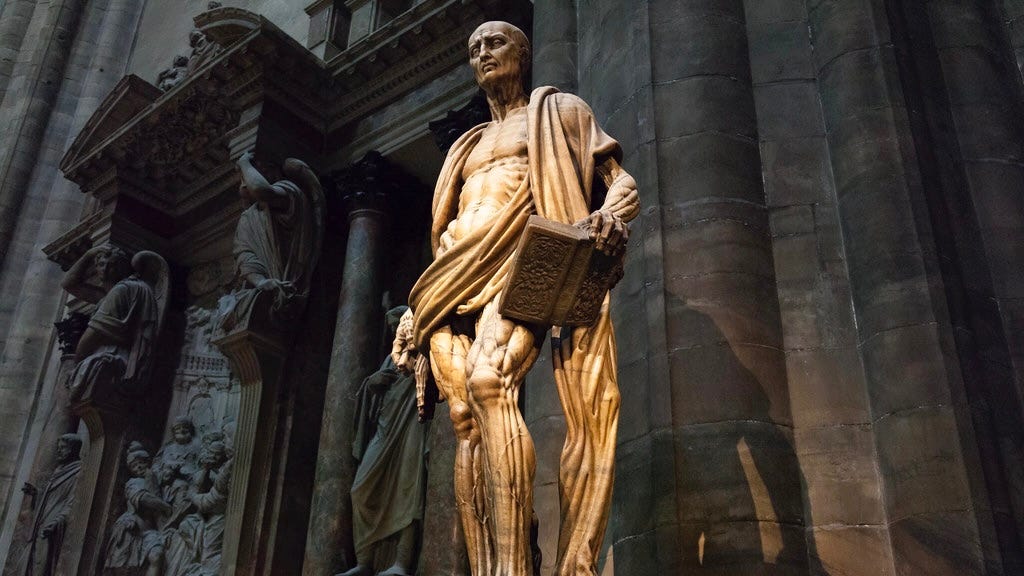
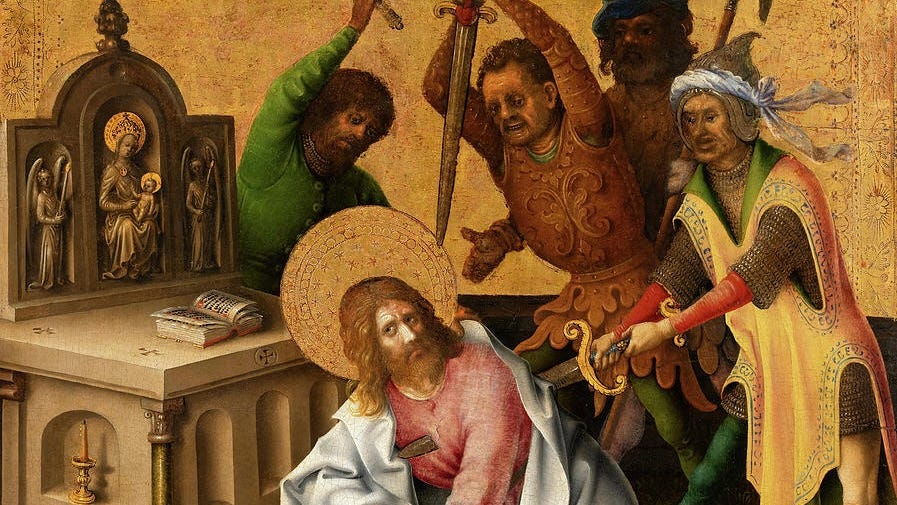
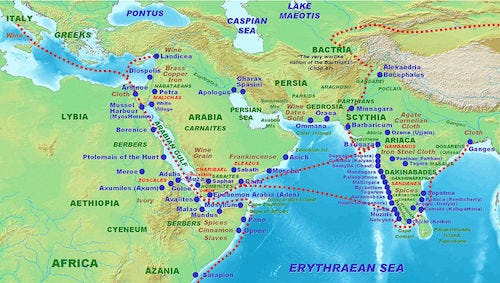

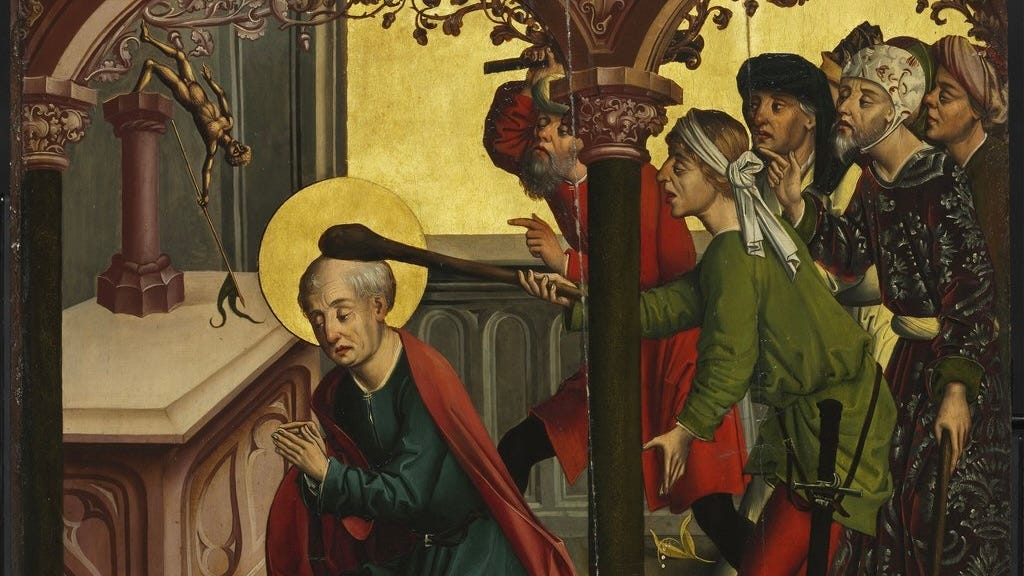
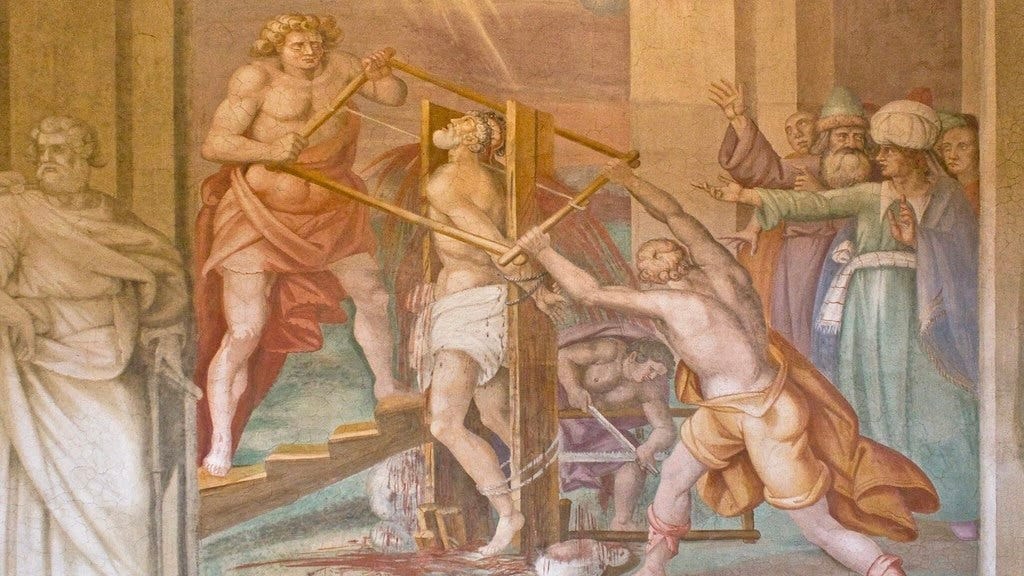
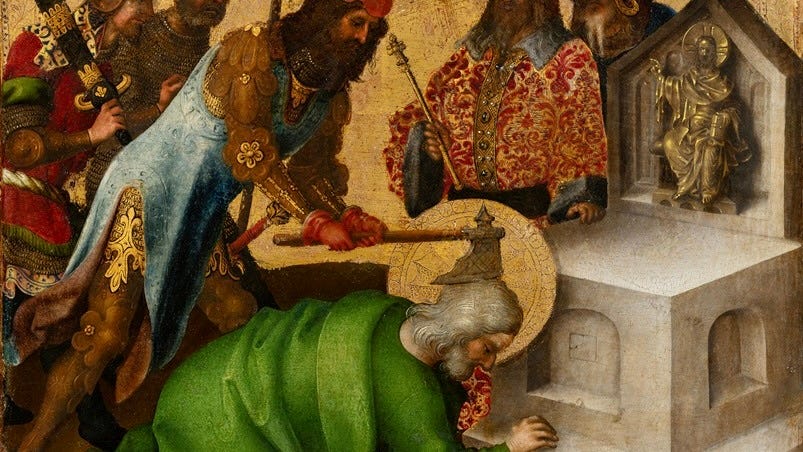
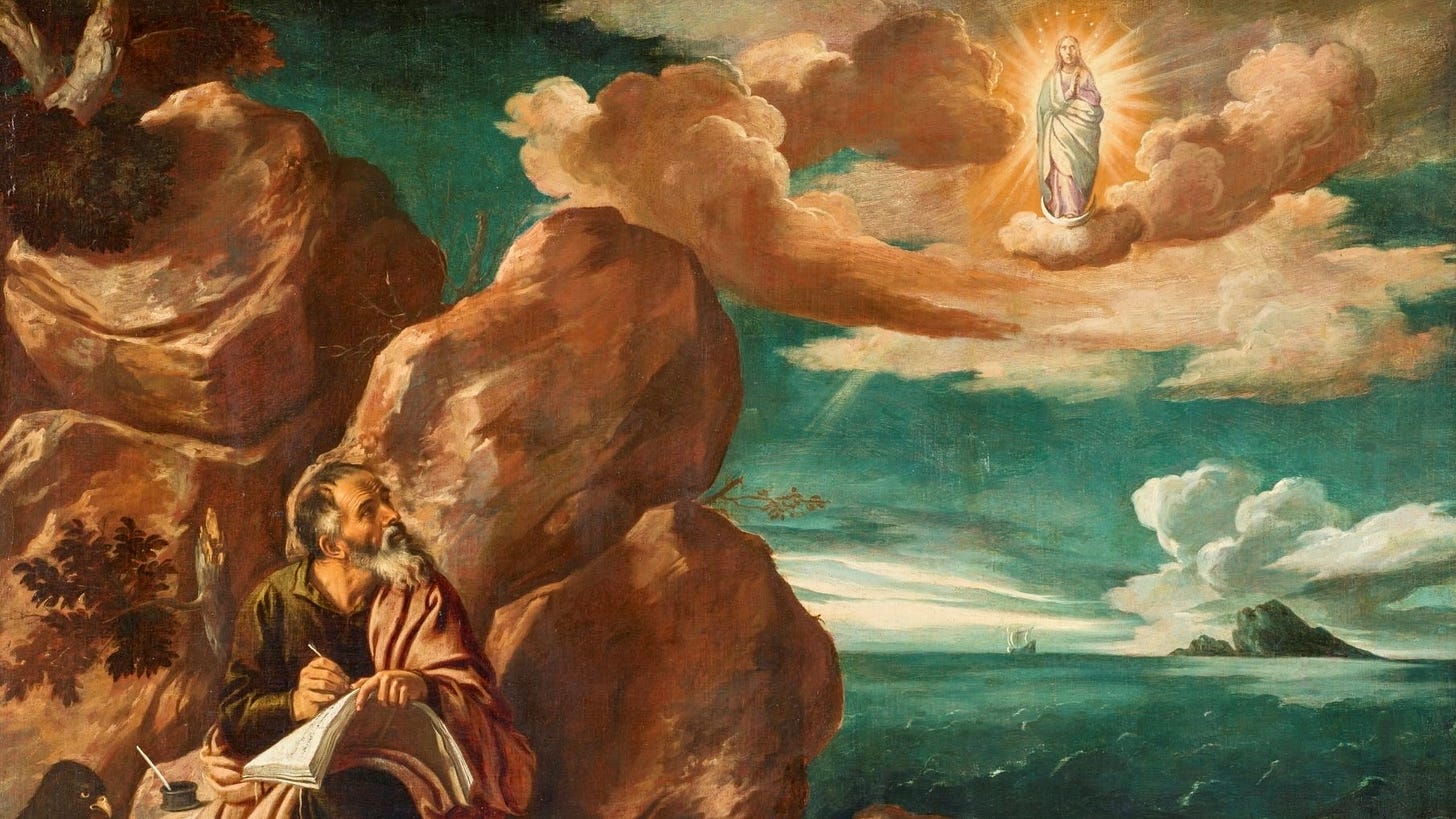
Thank you for taking the time to write such a thorough and interesting article about the 12 apostles. I am grateful to provide a very small support to you each month, and hope others will consider doing the same. Your efforts are worthy of a subscription.
I found this to be very interesting I didn't realise just how far they spread the Gospel.